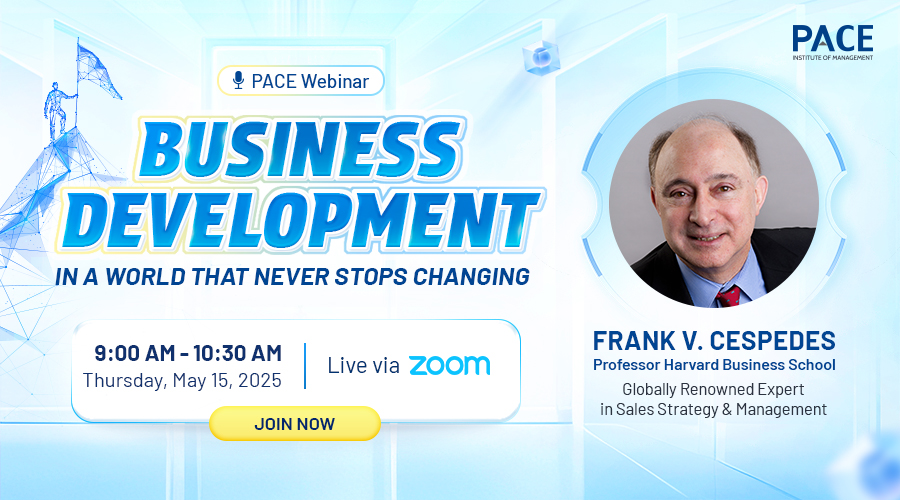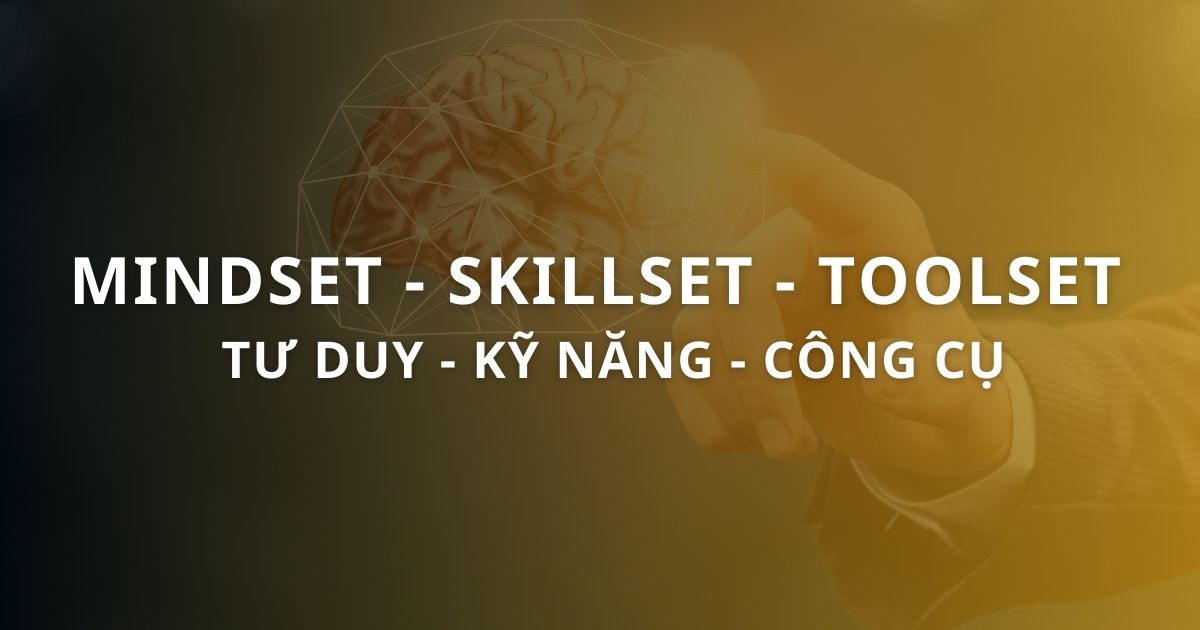Don’t Just Take Our Word for It
We interviewed Cristina Gardner, APTD, on her experience with earning the Master Trainer certificate to share with others considering enrolling in the program. Here are her major takeaways:
What is the biggest value you have gotten from participating in the Master Trainer program?
Because the Master Trainer program offers a comprehensive look at all aspects of training, from needs assessment and planning to designing, delivering, and evaluating, I realized several benefits. It:
- Pdated me with the latest trends
- Debunked myths and validated what I have been doing
- Gave me practical tools that I applied right away when I returned to work
- Offered a rich environment for discussion with a diverse group of participants through hands-on exercises (practical)
- Provided an experienced and talented instructor who explored the strengths of the participants, establishing a rich learning environment. He also trained us by example (see my biggest aha moment).
Why did your company bring this course on-site? Share your experience learning in this environment at your office and with your peers.
Our statewide team is diverse in how we all made our way to the training field. Several of my colleagues became instructors by accident, some by inertia, and others by natural preferences. Several of us developed our skills by trial-and-error and by attending courses to help with the refinement of the necessary skills. The Master Trainer program not only teaches all the crucial elements to training but offers a philosophy about what effective training is. As the name Master Trainer implies, it teaches you how to strategically look at and manage training. If you have a team that needs to work collaboratively, the Master Training program offers a blueprint that everyone can adopt. With everyone speaking the same language, they can be more effective.
The program offers a holistic and strategic approach to the mission of being an efficient trainer.
What type of talent development professional do you believe would be a great fit to enroll in this course?
The program offers a holistic and strategic approach to the mission of being an efficient trainer.
A seasoned professional that doesn’t have training experience, but is entering the training field, could perfectly benefit from the program by learning the correct way to get the job done from start. However, if the level of experience of the group is too far apart (rookies with seasoned professionals), it will certainly affect the value that could be received from attending the training. Either the rookie could feel a little lost or the seasoned professional could find it too basic, depending of the level of the discussions.
To achieve the best results, participants should have some years of experience and be familiar with learning models, theories, history, terms, and so forth. Previous experience and specific knowledge of the training arena are important to be able to not only absorb the amount of information in a short period of time but also to contribute with the discussions and group activities.
What was your biggest aha or learning moment during this course?
My biggest aha moment was when I realized that I was, in fact, acting more like a sage on the stage than a guide on the side. At the final exercise of the class, participants are asked to plan, design, and deliver a 10-minute lesson about a topic, using one of the methods learned during the course. It was quite funny because I thought to myself, “I’ve got this!” To my surprise, it was difficult to be the guide on the side. I kept going back to what I was used to—being the sage on the stage! I realized that part of my difficulty was the fact that I wanted to control what I wanted the participants to learn. I was too worried about transmitting content! I realized that the art of training is to “use” the learners’ perspectives and go from there. It can be quite challenging.
In my class, even though there were several highly experienced trainers in senior positions and with years of practice under their belts, we all had the same difficulties.
Sometimes, we may think it is easier to facilitate a learning activity since as a learning facilitator we don’t need necessarily to be the subject expert. However, it can be quite tricky. To provide a learning experience where you don’t have absolute control over the content, order, and time, as you would if you were a sage on the stage, different skills are necessary. As a guide on the side, you need to be flexible, adaptable, humble, follow the music (discussions), offer space for hands-on learning, and still accomplish the goals of the training. You need to feel comfortable with unforeseen outcomes and a less-structured environment. Certainly, it is easier said than done. However, when successful, it is a much more rewarding experience.
Source: td.org










.jpg)
.jpg)
